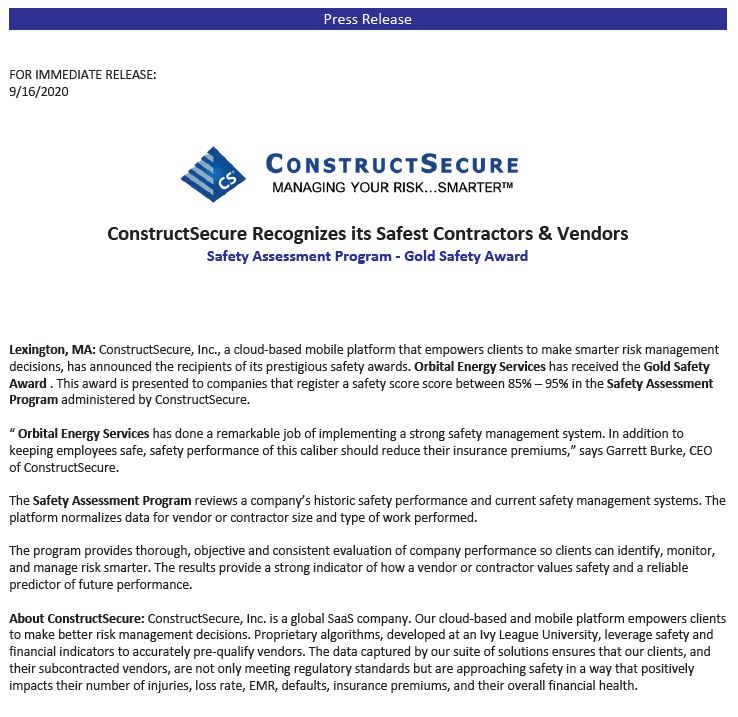Servicing the Power Generation Industry
/in News /by Mike.LakePower Services Group is the power generation industry’s preferred source for Turbine Inspection and Repair Services.
The Power Generation industry depends on the knowledge, experience and capabilities of aftermarket OEM service providers. This industry often requires quick response to their needs, helping them react swiftly to ensure the constant availability of their power generation equipment.
Our skilled personnel, coupled with our specialized equipment, enables us to accommodate any customer requirement, from planned maintenance and complex repairs to emergency break-downs. In addition, we offer Steam Turbine Valve Component Manufacturing, Repair, and Upgrade, as well as Steam Path Repair services through our world-class repair facilities.
We pride ourselves on providing the highest quality, most responsive, and uniquely innovative turbine field service teams, on-site machining support, and shop services. Without question, our reputation in the Power Generation industry is unmatched and your satisfaction is guaranteed.
EXPERIENCE IN:
Fossil & Nuclear Power
Geothermal Power
Wind Power
Hydroelectric Power
Ready to speak to a PSG representative about our Power Generation industry services? Please visit our contact page to send us a message or call 800-226-7557 to begin the conversation.

modern waterfront power plant at sunset
Steam Turbine Field Services
/in News, Steam Turbine Tips /by Mike.LakePower Services Group’s extensive field service experience covers various sizes and types of Steam Turbines. From Boiler Feed Pump Turbines to Nuclear Steam Turbines, ABB to Westinghouse, and everything in between – our Field Service teams have you covered.
Wherever you are, whatever your industry, our global field service network responds to your needs 24/7. We aim to minimize downtime and improve plant performance.
- Outage Management & Major Overhaul
- Valve Inspection & Repairs
- Bearing Inspection & Repairs
- Alignments
- Removal, Installation & Commissioning of Mechanical Equipment
- On-Site Machining & Balancing
- Heavy Rigging & Transportation
Contact us today for your upcoming turbine inspection and repair projects!
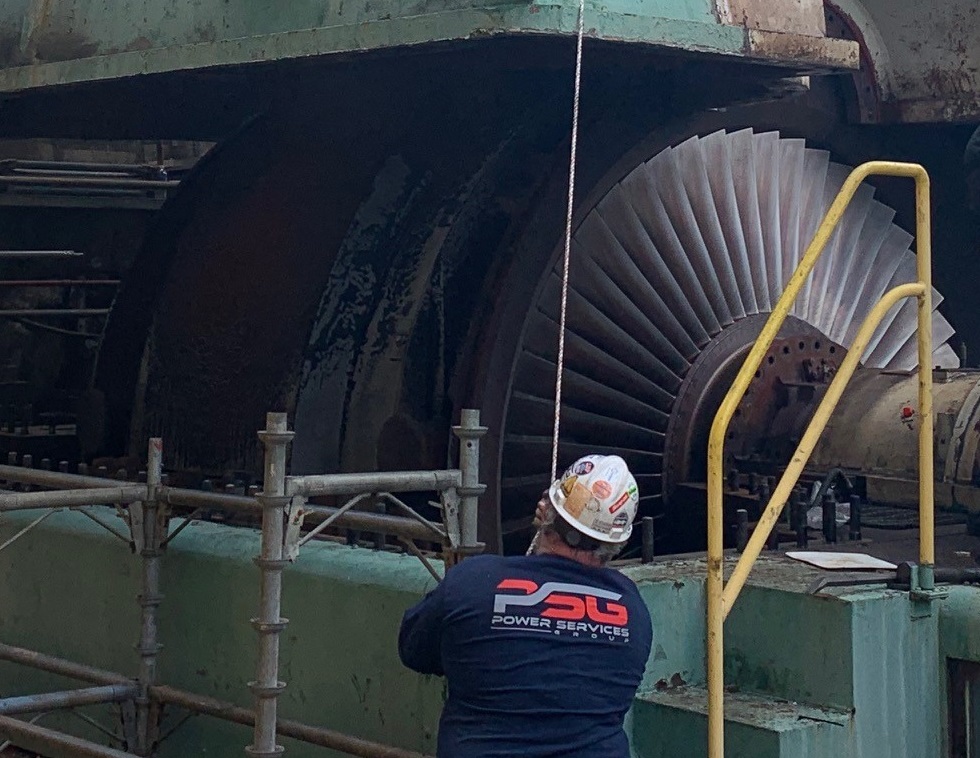
Patriot Day
/in News /by Mike.Lake
Diaphragm Partition Repairs
/in News, Steam Turbine Tips /by Mike.Lake
We just completed repairs to another set of steam turbine diaphragms! We performed major repairs to the partitions of multiple sets of diaphragms at our Pevely, Missouri Steam Path Repair facility. Diaphragm repairs are common during any steam turbine major inspection, and we pride ourselves on performing quality work and turning around the diaphragms quickly to keep your turbine outage on schedule. CONTACT US today to see how we can help you with the repairs on your next set of diaphragms. To learn more about our Steam Path Repair capabilities, please view our page HERE.
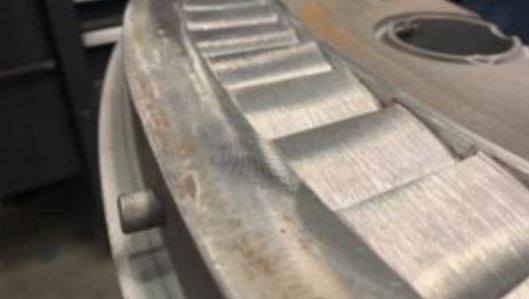
National Safety Council – One Million Hours Worked Recognition
/in News, Safety Tips /by Mike.LakeWe were recently recognized by the National Safety Council for our achievement of One Million hours worked without a lost-time injury. This recognition is a reflection of our safety culture and commitment to excellence on each and every project. Since this achievement, we have continued to excel and are currently at 1.875 Million hours worked and have exceeded three years without a lost-time injury. Great job team!
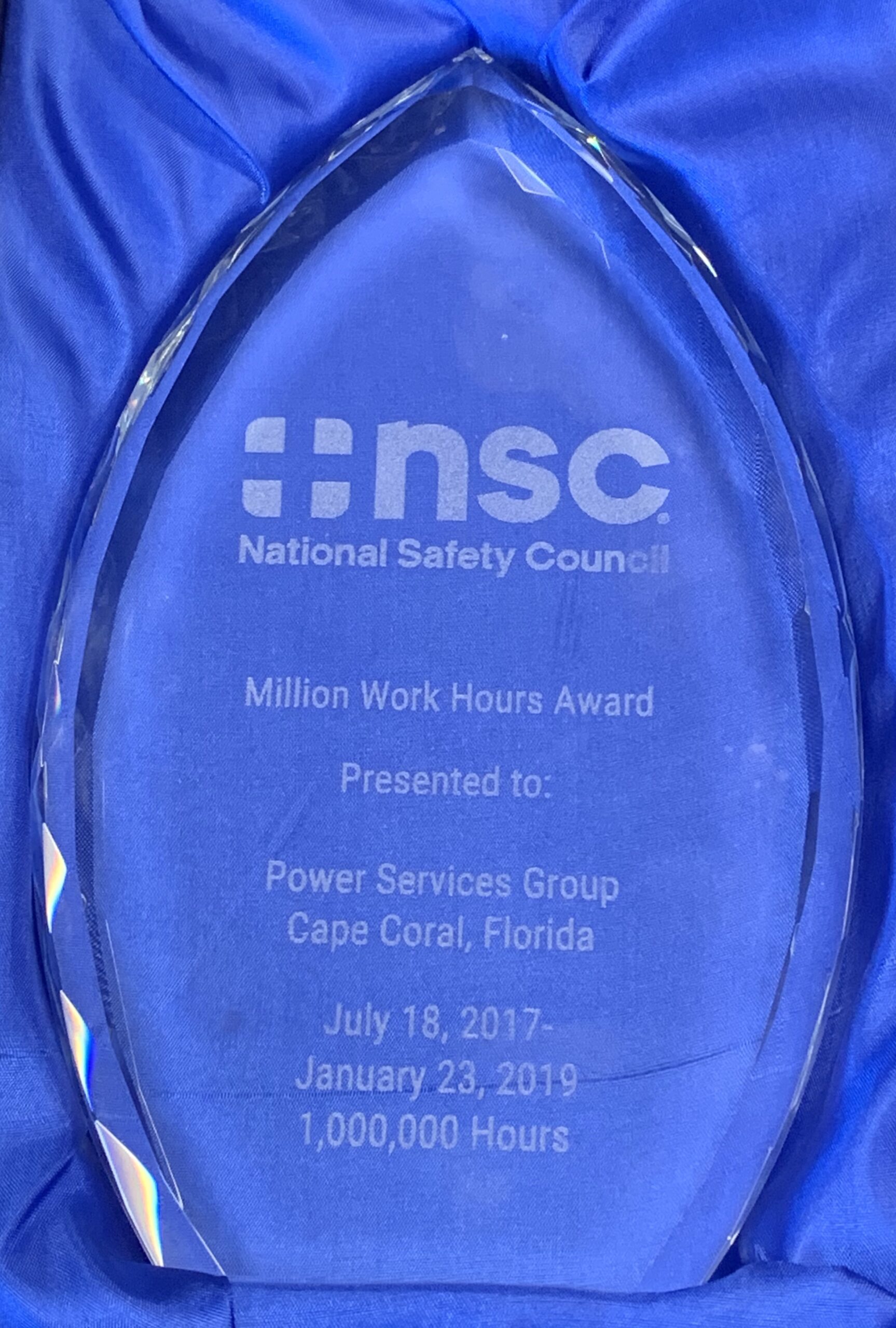
D-11 Steam Turbine Major Inspections
/in News, Steam Turbine Tips /by Mike.LakeThe D-11 Steam Turbine is at a point in its life cycle where many Major Inspections are taking place. These units require careful attention to detail upon disassembly and reassembly of the machine, ensuring accurate clearances and proper alignment. The D-11 steam path components have many known issues for which we have developed cost effective and reliable repairs. The valve components require careful examination to ensure proper functionality between inspections. Please contact us today to discuss how we can help you plan and manage your upcoming D-11 turbine inspection.
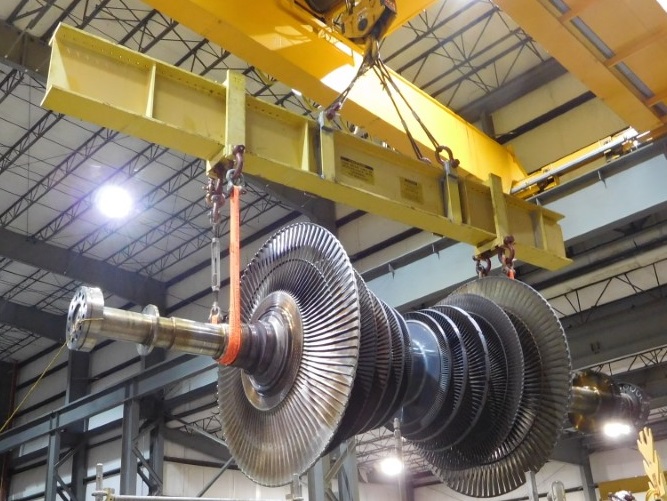
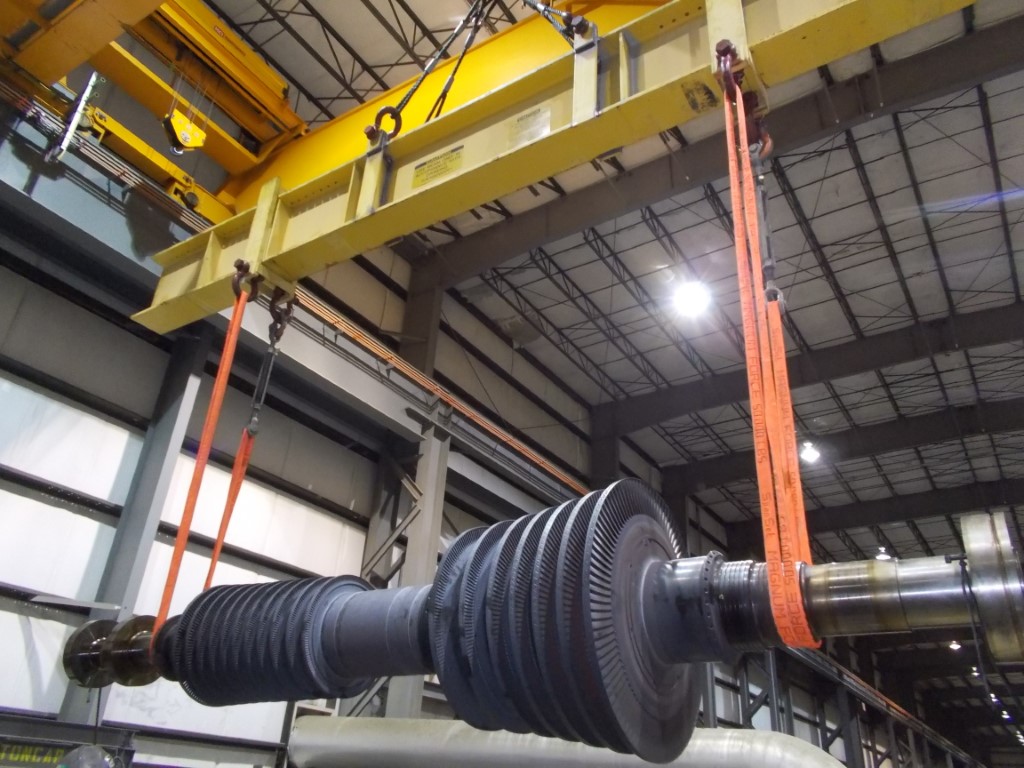
Happy Labor Day!
/in News /by Mike.Lake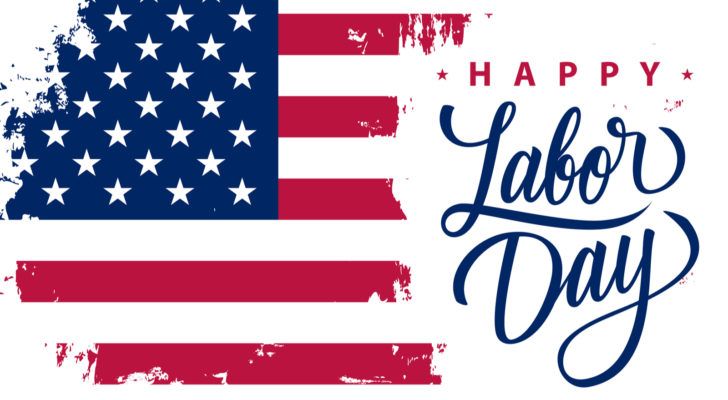
7 Safety Tips for an Injury-Free Labor Day
/in News /by Mike.Lake
by Shannon Scruggs – PSG Director of HSE
Labor Day is synonymous with the end of summer, and the long holiday weekend is upon us. Labor Day is typically packed with celebratory events like backyard barbecues, final excursions to the lake, picnics at the park, and beach parties. But even festive events like these present hazards you should be aware of.
Whether you’re planning a final summer outing or staying home to wrap up summer chores, we want you and your family to enjoy a safe close to the season. To help you do so, we’ve gathered these helpful Labor Day weekend safety tips.
Road-trip, anyone?
According to the National Safety Council, nearly 400 deaths result from motor vehicle collisions over Labor Day Weekend. If you’re planning a weekend excursion make sure you’re well rested, plan for frequent rest stops, and divide driving duties if possible.
Don’t forget to pack a vehicle emergency kit that contains items like a flashlight, jumper cables, a tool kit, tire gauge and flares.
Festive fireworks
Fireworks are fun, flashy and festive, but many of us overlook the injury they can cause. The National Safety Council reports that children 10 to 14 years of age are at three times the risk of being injured by fireworks than the population as a whole. Even sparklers can inflict serious injury.
If you choose to use fireworks be sure you only light one at a time, maintain the recommended distance from spectators, and never allow any horseplay while fireworks are being set up or ignited. If a firework malfunctions, don’t re-light it. Above all, never allow young children handle fireworks and never use fireworks while under the influence of drugs or alcohol.
Alcohol in moderation
Alcohol and parties often go hand in hand, but beware that drinking impacts your decision making, coordination, reaction time and vision which makes you vulnerable to a number of hazards. If you plan on consuming alcohol, setting a limit on how much you will consume. And the time to set your limit is before you arrive at the neighborhood cookout. Once you set an alcohol limit, stick to it.
Drink one glass of water in between alcoholic drinks to help keep hydrated and pace your alcohol consumption. If you drink more than you planned, ask for help getting home. Keep in mind that operating a motor vehicle after just a drink or two is dangerous.
Boating safety
Boating is a quintessential Labor Day event. Make sure you keep it safe by ensuring the boat is in good mechanical condition, and carries all safety equipment including personal flotation devices, an emergency kit and a first aid kit. Keep away from restricted areas, be sure that you’re familiar with the rules of the water and tell someone on land where you’re heading and what time you expect to return.
Conquering outdoor chores
Lots of us look forward to relaxing on Labor Day weekend, but if you’re tackling outdoor chores instead, please keep these safety tips in mind. Before you use any power tool make sure the cord isn’t frayed, that it is free of cuts and appears to be in good condition. If you need an extension cord be sure it is designed for outdoor use.
Additionally, be sure that the extension cord’s amperage can handle the demand of the power tool you’re using. Cleaning gutters, trimming trees and painting are just a few common outdoor chores that require a ladder, and ladders are notoriously dangerous.
Only use a ladder when there’s someone else at home.
Prevent food-borne illnesses
What’s a Labor Day holiday without lots of food? Picnics, barbeques, and neighborhood pot-lucks are plentiful and that means so is the chance of food-borne illness. To minimize the chance of cross-contamination, wash your hands before and after you touch raw meat. Dry your hands on paper towels instead of cloth towels, and discard immediately.
Refrigerate meat that’s waiting to hit the grill. Never leave food that requires refrigeration (think potato salad, coleslaw or chicken salad) out in the sun. Instead, set the item the bowl is in on top of a pan filled with ice, and serve from a shaded area. Return the item to the refrigerator as soon as partygoers have been served.
Also protect against COVID-19
In addition to avoiding food-borne illness, follow current CDC recommendations for cleaning surfaces and navigating social interactions to lessen the chances of coronavirus spread.
Hydration and sun protection
Soda and juice might be a bit tastier, but you should hydrate your body with water instead. If you’re having a party, set out a few tubs full of bottled water and encourage your guests to drink small amounts often. Remember the golden rule: If your urine is yellow, you’re not drinking enough water.
It’s the end of summer, but in many parts of the country the sun is still raging. Apply sunscreen before you head out in the sun and reapply as necessary. Remember that the elderly and the young have especially sensitive skin and don’t forget that some medications can increase your skin’s sensitivity to the sun.
Whether you’re splashing in a pool, enjoying the ultimate picnic or knocking out those household chores, we want you to stay safe this Labor Day weekend. Remember: An accident is never planned. But keeping these safety tips in mind may help prevent one.
Have a Happy and Safe Labor Day!
Remember: Hazard Awareness + Hazard Mitigation + Focus = Zero Injuries
Steam Turbine Valve Repair and Reconditioning
/in News /by Mike.LakeWe offer a variety of repair and reconditioning services for all types of steam turbine valves. if you are in need of repairs on any of the component types listed below please don’t hesitate to give us a call. We’d love to work with you!
We Repair:
- Main Steam Stop Valves
- Governor / Control Valves Throttle Valves
- Intercept Valves
- Ventilator Valves
- Blowdown Valves
- Equalizer Valves
- Combination Valves
- Butterfly Valves
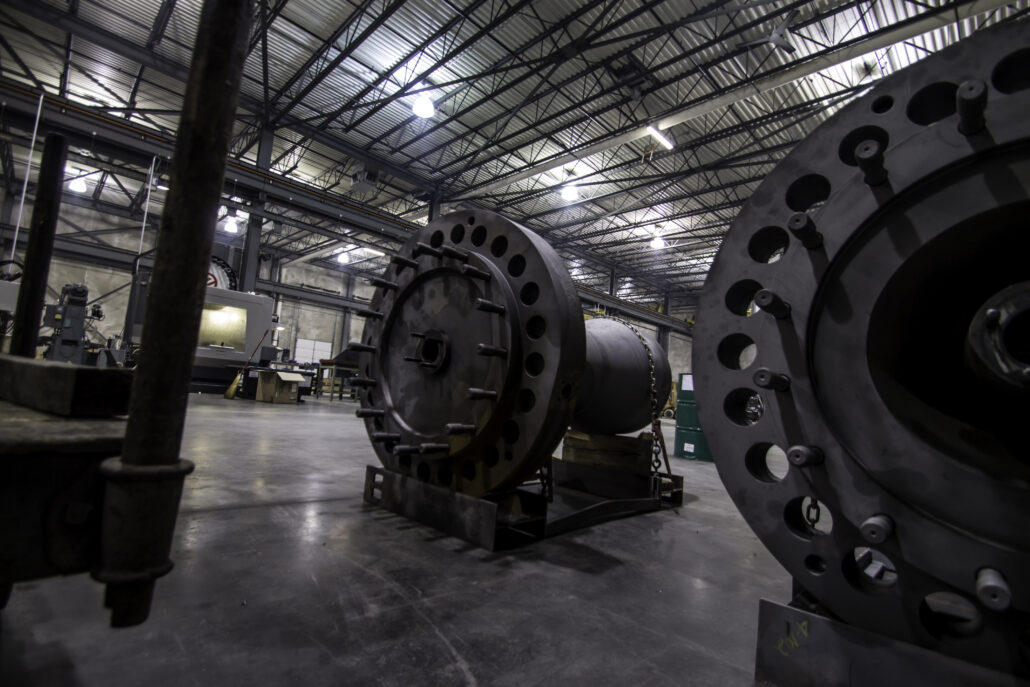
Valve Reconditioning Including:
- Bonnet bore refurbishment
- Butt Weld Modifications
- Seat removal and replacement
- Deep bore welding for valve seats
- Stud extraction and hole refurbishment
- ASME Section IX weld repairs
- R-Stamp welding
- Flange face resurfacing (including elliptical)
- Field machining processes for all sealing surfaces and fit areas
- Manual and Automatic hard facing of seats and discs
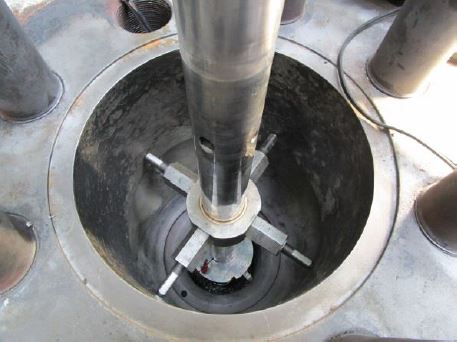
Services at a Glance
Ready to Serve Your Needs
Power Services Group brings you a wide range of services specific to industries like yours, offering exceptional value and responsiveness. We can hit the ground running and deliver results so you can have peace of mind and your equipment is always available.
Contact Us Today
125 SW 3rd Place, Suite 300
Cape Coral, FL 33991
Phone: (800) 226-7557

